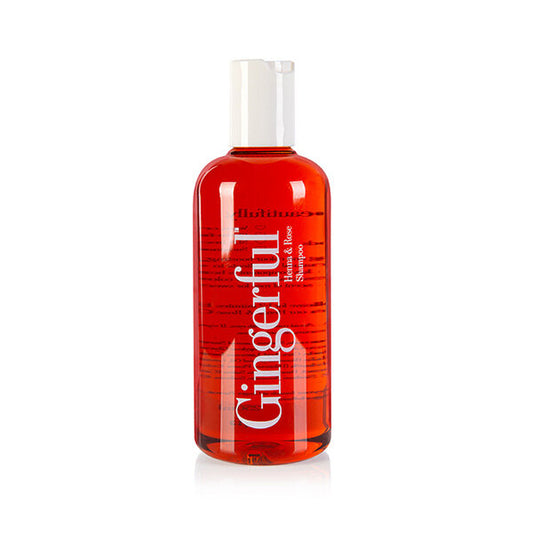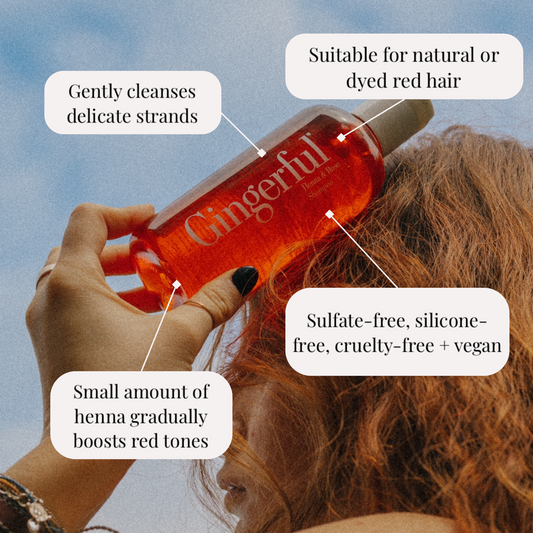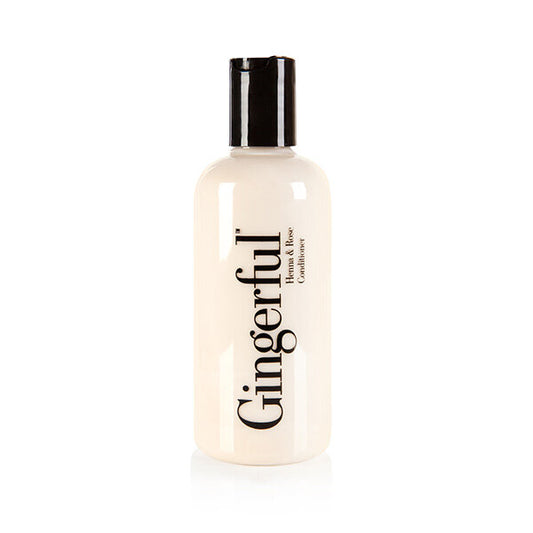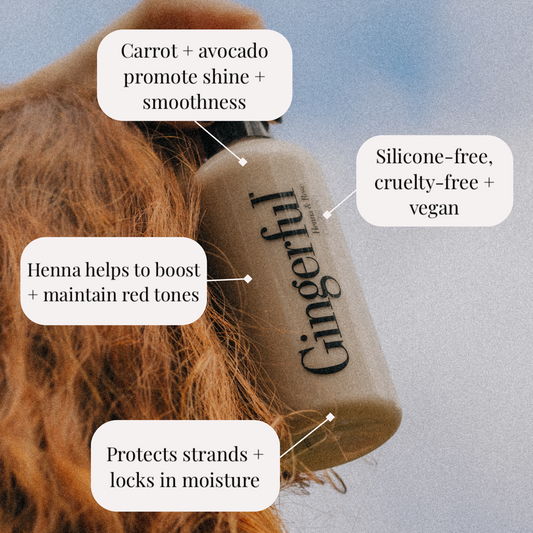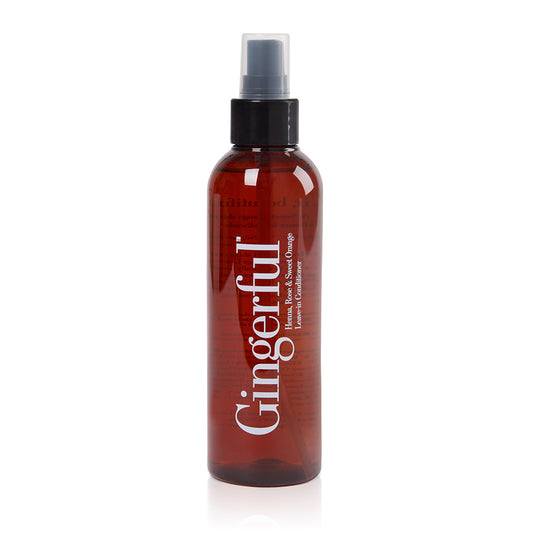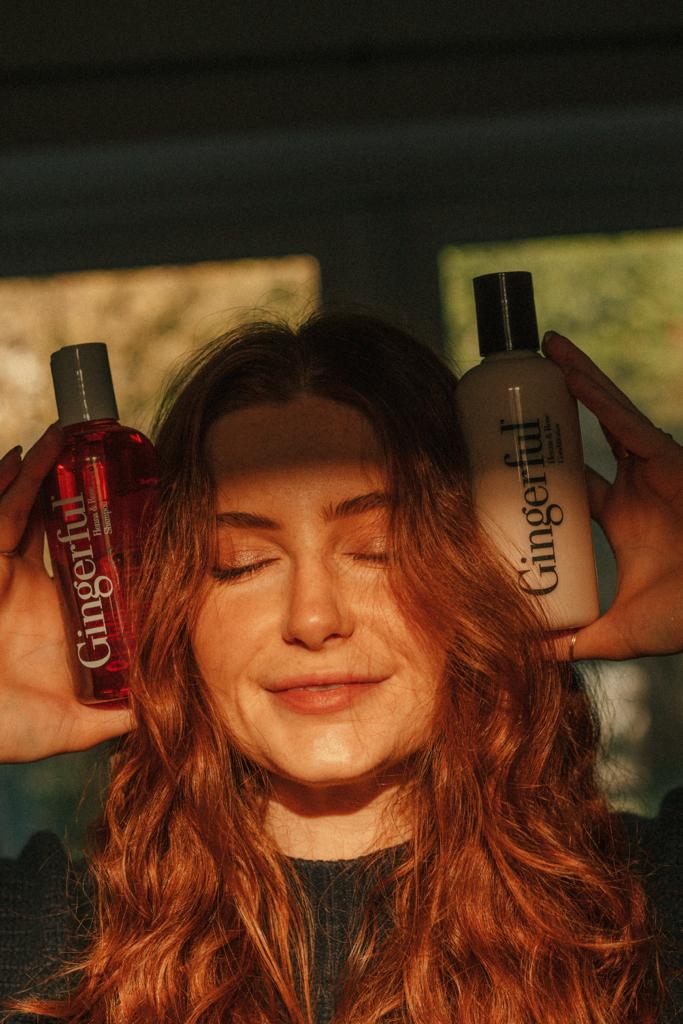Many may say that aside from the colour, there isn't much that's different about red hair compared with other shades. But that's just not true. For decades, mainstream haircare brands have overlooked redheads. Yes, some of them may address the red colour enhancement part, but for ginger hair to also stay healthy as well as boosted you also need to look at its structure, too.
It may surprise you that there are many characteristics that set red hair apart from other hair colours and hair types.
REDHEADS TEND TO HAVE FEWER STRANDS
Did you know, that on average, natural gingers have around 90,000 strands on their heads, while brunettes have 140,000 and blondes have 110,000. Interestingly though, these fewer red strands are usually thicker than other colours, so the result can often be that redheads actually appear to have more hair than others.
RED HAIR IS PRONE TO COARSENESS, DRYNESS AND FRIZZ
While there are fewer strands to take care of, the natural thickness of red hair's strand structure often results in increased coarseness, frizz and overall dryness. These characteristics, when not tended to properly, often lead to red hair looking duller and less vibrant than it should.
GINGER HAIR CRAVES MOISTURE
By tackling these characteristics, you can help to increase shine, bounce and brightness of red hair (and we're not even talking about colour here).
So what does this mean? Moisture is key to keeping these delicate red hair strands full of life and protected from breakage. And that goes for everything, from your daily shampoo to your weekly hair mask.
When you're looking for moisture, don't mistake silicones for moisture. Granted, silicones pump in what feels to be smoothness, but this is artificial, and in the long run they're bad news for the hair and scalp, and in particular red hair. They are usually matched with sulfates too, which are also bad news. This is because, ultimately, the effect of relying on sulfates and silicones is extremely drying, stripping your natural, glossy oils from your scalp and strands.
So once you have your sulfate-free and silicone-free products, what next? Add to this a considered decrease in the use of heat styling and your red hair will be able to hold onto as much moisture as possible. Everyone knows that heat styling saps the moisture out of strands, so take down the heat to help preserve your hair's natural shine and moisture.
Redheads should avoid sulfates and silicones where possible in order to combat its proneness to frizz, coarseness and dryness. Instead, use ingredients and products that have considered these elements from the beginning. And if they enhance your red hair shade at the same time, all the better *wink wink*
Why red hair craves haircare free from sulfates (SLS) and silicones


